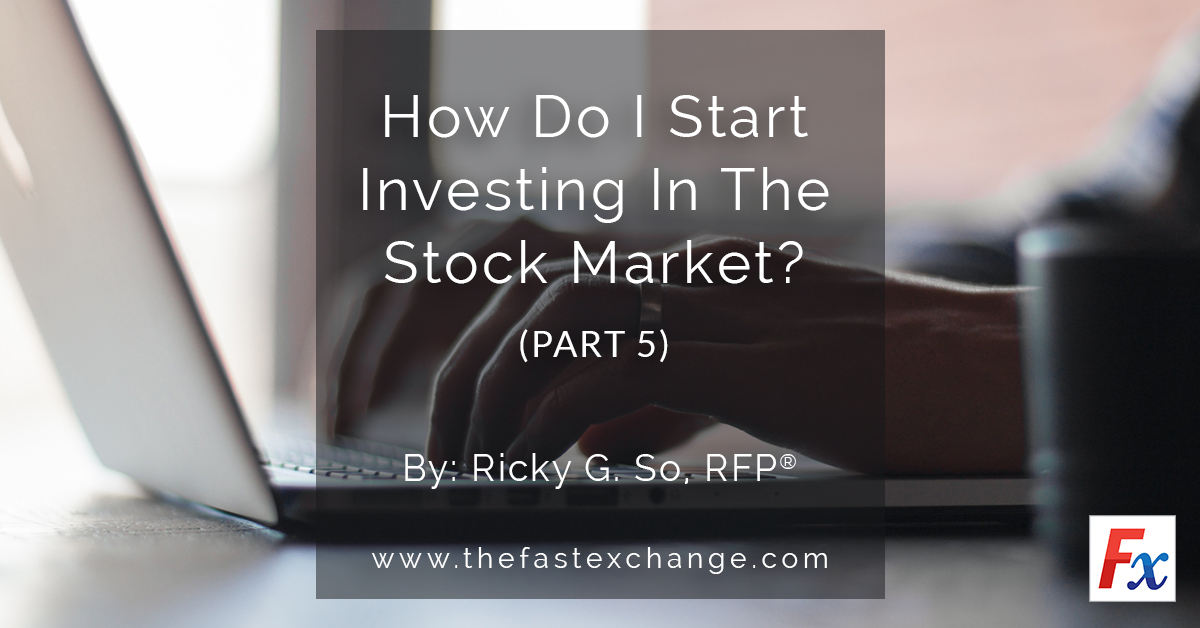
Choosing Which Stocks to Buy
There are two schools of thought on how to approach investing and choosing which stock to buy. These are the fundamental analysis and technical analysis. One is scientific approach and the other falls under the art approach. This is the reason some people brand stock investing both an art and science. While some might think that science is more exact as it deals with numbers, practitioners of fundamental approach cannot say that their analysis is definite. There is still some subjectivity in it. On the other hand, while technical analysis is found be so subjective especially by the ‘fundamentalists’, yet ‘technicians’ find some definiteness in their analysis. If you are confused by these statements, you are not alone. The only way to validate this is to understand both and make your own conclusion.
Fundamental analysis approach is considered the conventional way. It deals with economics, trends and financial statements. This is the widely used approach by institutional investors as the data and observations are verifiable and to some degree, quantifiable. There are two ways to do fundamental analysis, the conventional top down approach employed by most fund managers and the rarely practiced bottom up approach. Top down starts from a macro level analysis. Then going to sectors before identifying specific companies. On the other hand, bottom up rarely minds the big picture but focuses on the financials of a company. However, top down approach will eventually end analyzing a company within a favored sector.
For those who are starting to invest, the recommended approach is the conventional way. This requires the understanding of the macro economy of the Philippines if one intends to trade with the PSE. The measure of the economy’s performance is the GDP, or gross domestic product. It is generally directly proportionate to the rise of the stock index. GDP is a measure of the total output of a country in terms of pesos sourced from the produce of products and services. Therefore, one has to know the components of the GDP. Using the expenditure approach, the GDP is composed of 4 major items. These are consumption, government expenditures, capital formation or private investments, and net exports. Understanding these components is crucial in doing macro analysis that will aid an investor to make decisions. For if the consumption is robust, it is a hint what sort of companies will benefit from it. When the government embarks on a spending spree on infrastructure development, the construction industry goes with it. And when the private sector gets active in expanding their business, the financials and power sectors go up among others. Likewise, the country’s Imports and exports reflect business activity. But one may ask, what if the economy is slowing down? Is there a sector that will benefit from this? The better question is what sort of businesses will thrive in a slowing economy? The answer is the consumer sector, the health sector and at times the utilities are resilient in these times. Hence, the portfolio of an investor could shift from cyclical sectors to non-cyclical or defensive sectors in time.
After identifying the sector that might possibly grow on the account of the macroeconomic analysis, the next item is which company in the industry will shine? This is when we tackle the company’s core business, its models, strategies and future prospects. Even the people behind are not spared from scrutiny. Not all companies are created equal. They are affected by numerous factors both internal and external. Internal factors are the management, their products, plans, etc. Share price of companies move at times on this account or perhaps the patronage on its shares. When the president or chairman is not so well-liked by the market despite having good financials, the share price may not budge. On the other hand, if a reputable person is designated as new president of an ailing company, sometimes the stock price rises ahead. By mere affiliation of a company to another reputable company can likewise make a difference. These scenarios are currently happening in the local market. The stability of the management team is likewise a factor to watch. But more importantly, when management rolls out strategic plans on how the company will grow over the next years. Their market share, competition and product offers are likewise being considered.
Hence, doing fundamental analysis is to be cognizant of the economics of the country. Understanding it and having a good feel of the future will certainly help one in choosing which company to invest in. This is more helpful to those looking at a longer time horizon as the traction of some of the factors mentioned above might take time. Likewise, the investor’s view of the market will be similar to a view of a businessperson as to what sort of business will do well given the current conditions of the economy and trends, and the medium to long term outcomes. With this, therefore, it would seem stock investing is akin to going into a business as well.


Leave a Reply